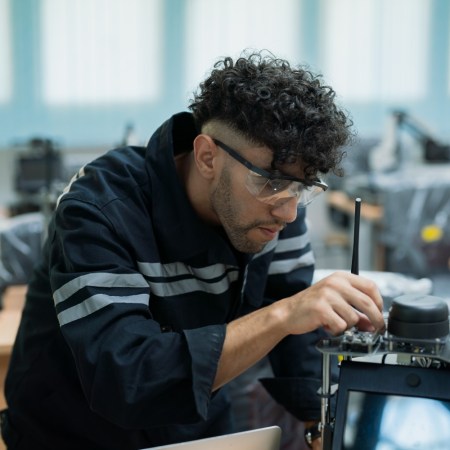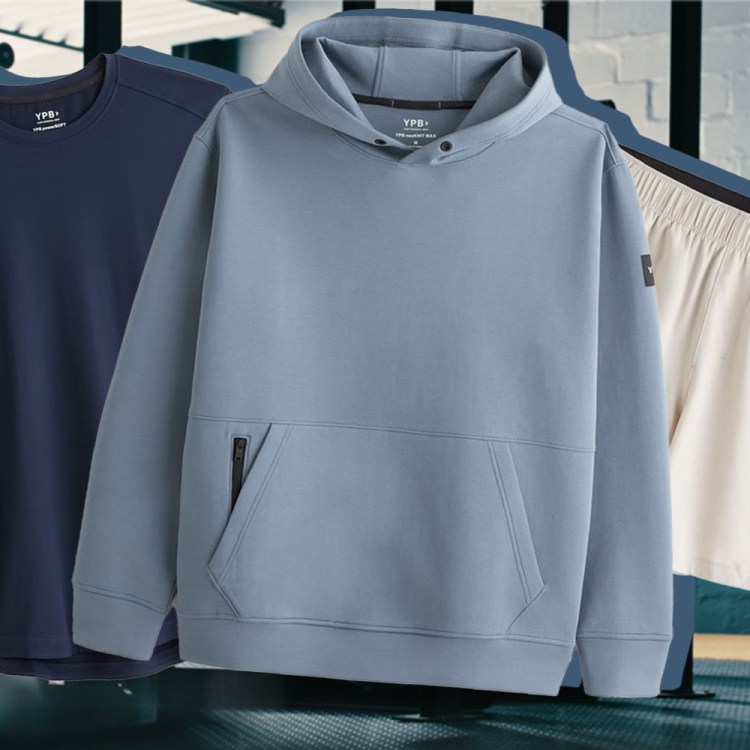Diamonds are forever.
So if you screw it up, you’ve screwed up for eternity.
Seeing as you’re gifting someone special this season (we hope), we’re gonna do you a solid and send you to our friend Ada.
Ada Diamonds marries Silicon Valley disruptiveness with a jeweler’s acumen.
Their diamonds are lab-grown (that’s a good thing) but equal or surpass their mined cousins: no flaws, completely bespoke and still structurally/chemically identical to what you’d find in a store.
The fact that they cost a little less doesn’t hurt, either.
The name of the company is a big tip-off to how Ada is different: it comes from Augusta Ada King, Countess of Lovelace, a 19th century mathematician credited as the world’s first computer programmer for her work on Charles Babbage’s Analytical Engine.
We met with Ada founders Jason Payne and Lindsay Reinsmith recently in New York. Their idea, as they explained, was to craft great diamonds in an ethical, responsible manner. (Want an idea of how your store-bought diamond negatively impacts the world? Start by reading this. Or watch that DiCaprio flick.)
While the technology has been around since the ‘50s, “we’re the first people using it as a high-end luxury good,” says Payne. “My wife and I were early adopters to lab-grown gemstones. She’s socially and environmentally conscious … and she said if I proposed with a diamond, she’d say no.”
Given how, uh, specific some of our female friends can be with jewelry, we peppered Payne and Reinsmith with questions. What we learned:
These are real diamonds.
“You wouldn’t be able to detect any difference,” says Payne. “You could take these to the Diamond District in New York, and they would say ‘This is the best diamond I’ve seen in a long time.’” The diamonds are chemically and structurally the same as earth-grown diamonds, and even graded the same way via third parties and through extensive documentation.
They’re not easy to make.
They’re growing this atom by atom. Basically, you take pure carbon/graphite, pressure cook it until you get a rough diamond, then cut and polish it to get gorgeous gemstones. If you notice the little square in the center of the gemstone, that’s the seed to grow the crystal.
It’s a bit cheaper.
Think about 10-30% off the diamonds most people would look to buy.
You can make what you want.
“Fancy colored diamonds are extremely rare,” says Reinsmith. “There are certain colors of stone we can make at a consistent quality that would sell north of $30 million if you mined it … if you could find one. We can recreate the right conditions in a laboratory.” While their site offers some inexpensive, ready-to-ship options (including a just-launched holiday collection that you can order now and receive by Christmas that starts at $500), doing custom diamonds is the main thrust of Ada’s work. And it takes time.
So no proposing the week before Christmas?
“We’re really honest. We’ll tell you if you’re gonna get it in time or not,” says Reinsmith. “But gentlemen — anyone contacting us now, remember, we’re custom! Where have you been, buddy? Besides, Christmas is a rough time to propose: you get lost in the moment. Something like 75% of people who get engaged do it between Thanksgiving and New Year’s. Why? We say make your engagement its own special date.”
So, now you have a great excuse to go lab-grown … and a better excuse to postpone any nuptials.
This article was featured in the InsideHook newsletter. Sign up now.






















